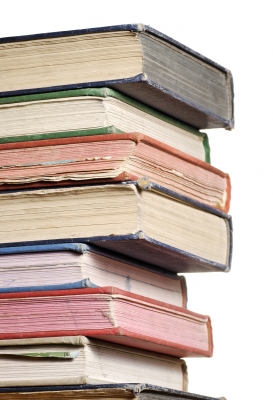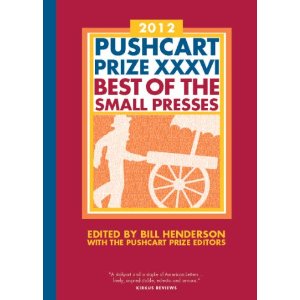
Behind every blog is a blogger. They are the unspoken authors of the internet that filter in a constant stream of news into your RSS Feed. As a Social Networking Coordinator for Superstition Review, Bri Perkins has learned first-hand just how challenging that job can be.
Working with a small team, Bri helps to maintain and write for the SR blog, Twitter, Facebook, and Google+, which can include everything from interviews with esteemed authors to email correspondence to creating the latest trending topic. A resident night-owl, Bri usually can be seen tweeting in the wee hours of the morning or slumped over a keyboard asleep.
Having never really experienced the editorial process and the inner workings of a publication, Perkins applied to Superstition Review in hopes of getting hands-on experience in the literary world. Since then, her taste and exposure to art, literature, and writing has grown exponentially. Now a fan of Tin House and Ploughshares (and of course SR), she has developed a love of fiction and short stories. Her favorite readings range all the way from J.K. Rowling to Flannery O’Connor to the labels on shampoo bottles.
Bri is quickly approaching the finish-line of her undergraduate degree at ASU. Studying the unique combination of English and Psychology, she found she had a passion for the anatomy and physiology of the body, and in particular, the human brain. After graduation, she is planning to take a gap year to travel and read, which will be something new for a girl that has been barely beyond Arizona state borders. She subsequently plans to attend medical school at Midwestern University where she will study to become a doctor of osteopathic medicine, and ultimately, a neurologist or neurosurgeon. Bri hopes to translate the underlying themes of the liberal arts into the science realm in order to take a more well-rounded approach to healthcare.
Bri is 22 years old and is a Glendale, Arizona native. She loves overcast and rainy days, which are a rarity in the Valley of the Sun. She has no children and no husband, but she keeps the company of four very lovable mutts and one very fluffy kitty. Perkins currently works as a technician (also known as a Genius) at Apple fixing iPods, iPhones, Macs and iPads. She also volunteers as a Research Assistant at ASU’s Cognition and Natural Behavior Laboratory where she is studying the effects of shared space on productivity, and the effects of physical interaction on mental faculty and memory. Bri also works as a Psychology and Writing Tutor with the STEM/TRIO program on the ASU West Campus, which focuses its efforts on providing support for first generation and minority students.

